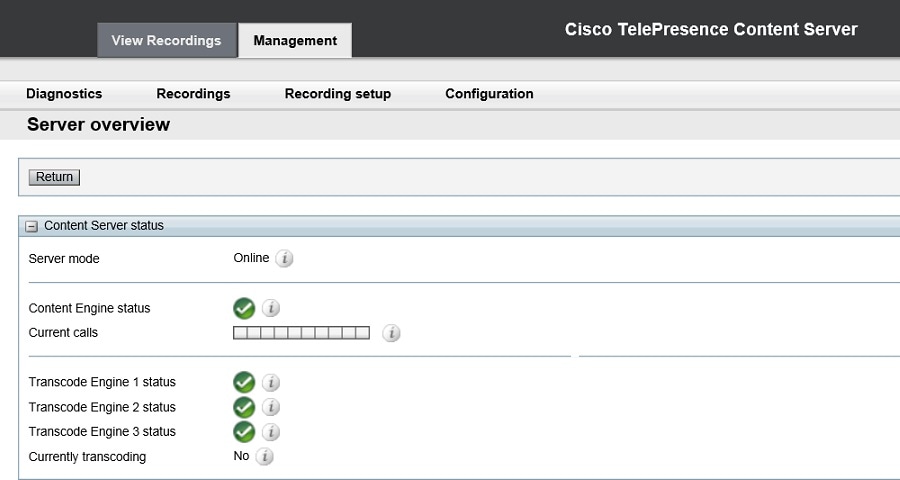
- #Creating an alias shortcut on mac for a remote windows h drive server update
- #Creating an alias shortcut on mac for a remote windows h drive server registration
- #Creating an alias shortcut on mac for a remote windows h drive server software
- #Creating an alias shortcut on mac for a remote windows h drive server windows
If all Content Servers are restarted after Premium Resolution keys have been added to each, the cluster behaves as a Premium Resolution cluster immediately. Each Content Engine checks the database at startup and once per hour to see if other Content Servers in the cluster are Premium Resolution or not. A Premium Resolution Content Server that you add to a non-Premium Resolution cluster behaves like a non-Premium Resolution Content Server until Premium Resolution keys are added to all Content Servers in the cluster.If a live streaming output is added to the template, the H.323 ID of the recording alias changes fromĬontent Calls to the original alias will fail.
#Creating an alias shortcut on mac for a remote windows h drive server windows
Adding or removing the live output from a template results in a change of the gateway prefix of recording aliases that use the template.įor example, the live gateway prefix on your cluster isĬontent a Windows Media switching template with no live streaming output. The cluster design relies on call balancing done by the gatekeeper, and this call balancing can occur only when recording aliases (or playback addresses in a Premium Resolution cluster) are dialed. Dialing into the cluster using the load balanced frontend address or IP addresses of Content Servers in the cluster is not supported. The solution support SIP and H.323 protocol from TCS Release 7.0 onwards.Only H.323 protocol was supported on prior to Release 7.0. All Content Servers in a cluster must be at the same physical site, within a network round-trip time (RTT) to the NAS and SQL servers not exceeding 10 ms. A cluster supports Content Servers with mixed 5-and-10-port capacity. This release supports up to ten Content Servers in a cluster. You cannot mix older (first- or second-generation) servers in a cluster with fourth-generation Content Servers. Content Servers in a cluster must all be fourth-generation hardware. #Creating an alias shortcut on mac for a remote windows h drive server software
Content Servers in a cluster can be a fourth-generation Content Servers and VM Content Servers all running software Release 7.0. You cannot mix software versions in a cluster with Content Servers running Release 7.0. Content Servers in a cluster must all be running Release 7.0. 
On for a list of other known issues for this release. Also see the Cisco TelePresence Content Server Release Notes Observe these guidelines when configuring a Content Server cluster.
Upgrading the External Microsoft SQL Server. Upgrading the Cluster to a New Software Version. Backing Up Media on the NAS/External Streaming Server. Backing Up the External MS SQL Database. Backing Up and Restoring the Content Server Cluster. Using TMS to Schedule Calls on a Content Server Cluster. Removing a Content Server from the Cluster. Change the Location of the Media Files to a Different NAS Share. Change the MYDOMAINContent Server_NAS_USER Account to Another Domain Account. #Creating an alias shortcut on mac for a remote windows h drive server update
Update the Password for MYDOMAINContent Server_NAS_USER Account. Edit Information Common to All Content Servers in Cluster. Edit Information for Each Content Server in Cluster. Enter the Cluster Virtual IP Address as the Frontend Address on the Content Server. Set up a Loopback Adapter on Each Content Server in Cluster. #Creating an alias shortcut on mac for a remote windows h drive server registration
Configure Gatekeeper Registration for SIP Cluster. Configure Gatekeeper Registration for H.323 Cluster. Add a Content Server to an Existing Cluster. Before Running the Content Server Wizard. User Accounts for the Content Server Wizard. The Order of Content Servers Added to the Cluster.  About Creating a Content Server Cluster. Set Permissions and Security Settings on the Share. Choose or Create a Domain Account to Access the NAS Share. Manage the Windows Active Directory Domain.
About Creating a Content Server Cluster. Set Permissions and Security Settings on the Share. Choose or Create a Domain Account to Access the NAS Share. Manage the Windows Active Directory Domain. 
Create a Special User on the SQL Server. Configure the External SQL Server Database.







 0 kommentar(er)
0 kommentar(er)
